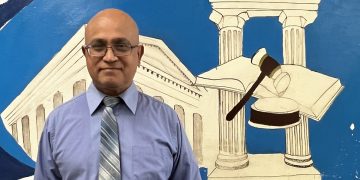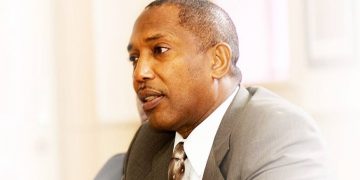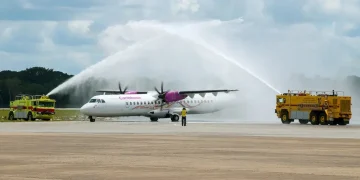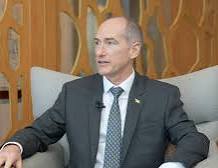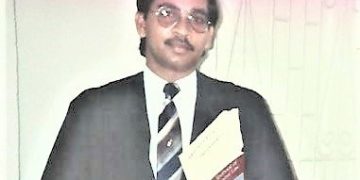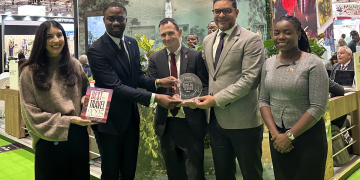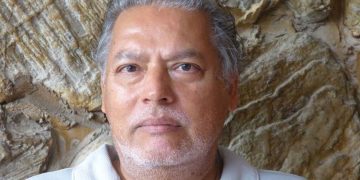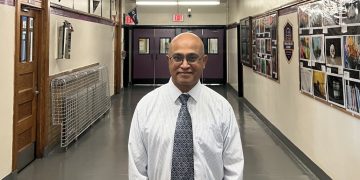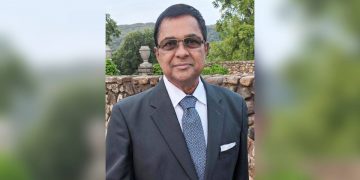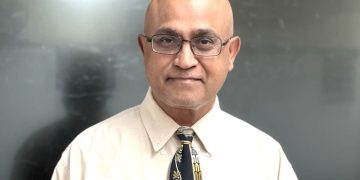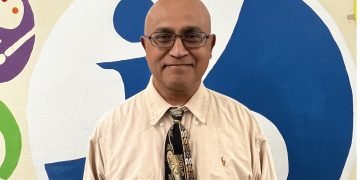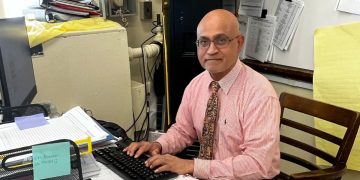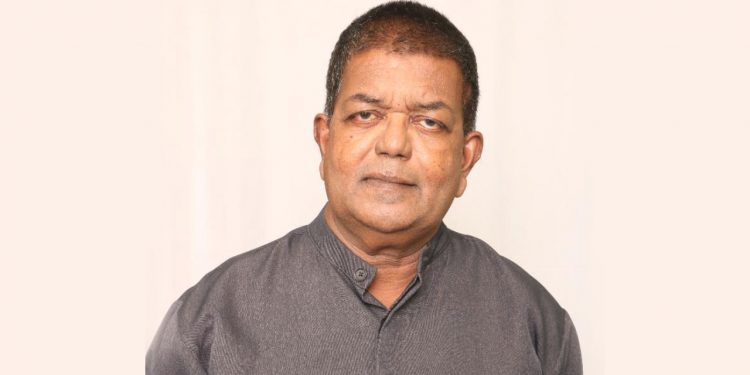The Trinidad Sevashram Sangh of Nolan Street in Felicity, Trinidad, held a special Satsangh on Saturday July 06, 2024. The Satsangh consisted of bhajans and a discourse by Swami Dibianandaji Maharaj of the Bharat Sevashram Sangh of India.
One name that was constantly repeated during the Satsangh was ‘Swami Purnananda’. He was one among four missionaries of the Bharat Sevashram Sangh that arrived in Trinidad in 1951 on an invitation from the Sanatan Dharma Board of Control. Swami Purnananda remained in Trinidad until 1956 and had a positive impact on the development of the Hindu community during those formative years.
Three significant activities initiated by Swami Purnananda were the training of Brahmachari Hari Ram who later became Swami Satchidananda and founder of the Divine Life Society; the formation of the Sanatan Dharma Maha Sabha in 1952; and the formation of the Trinidad Sevashram Sangh.
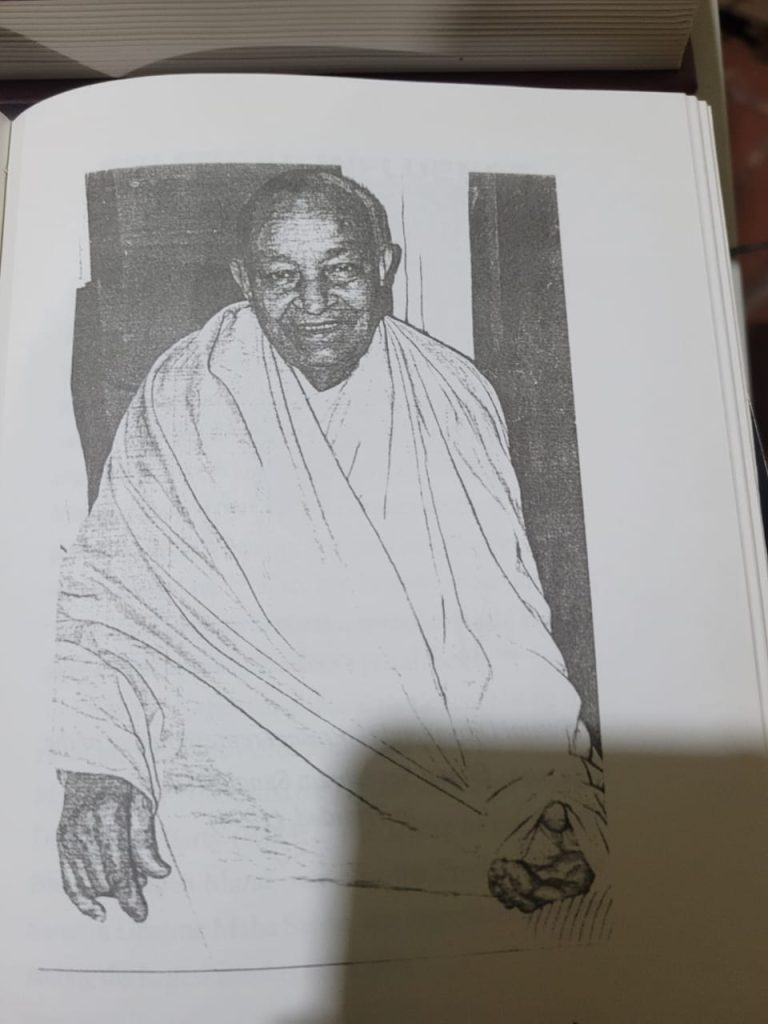
When the Swamis arrived in Trinidad, they conducted Satsanghs across the country. The late Deoraj Seunarine (aka Abracadabra -1929-2022) was among their early recruits. Deoraj said that the leader of the mission was Swami Advaitananda who not long after migrated to Guyana along with Brahmachari Rajkrishna to initiate work that developed into an ashram and a secondary school at Cove and John in East Coast, Berbice.
Swami Advaitananda and the two Brahmacharis returned to India and Swami Purnananda was left behind to lay the foundation for the mission’s work. It was Swami Purnananda that requested Bhadase Sagan Maraj to unify the Sanatan Dharma Board of Control and the Sanatan Dharma Association to form the Sanatan Dharma Maha Sabha (SDMS) in 1952. The activities at the ashram in Felicity continued until 1956 before it was burnt to the ground. Many suspected that it was arson arising from political rivalries.
Swami Purnananda proceeded to Guyana accompanied by Hari Ram who was later initiated into brahmacharya in August 1956 at the Cove and John Ashram. The work to establish the ashram and college was foremost on the mind of Swami Purnananda. Many devotees from Felicity led by Bhai Basraj Bridgelal (1928-1981) travelled to Guyana to provide labor during the construction phase of this significant project.
Bhai Basraj took the mantle of leadership after the demise of Swami Purnananda from Trinidad. He not only donated the land where the Trinidad Sevashram Sangh stands in Felicity but also pioneered its construction and operations. Subsequently, branches of the Trinidad Sevashram Sangh expanded to other parts of central Trinidad – Caparo, Bucarro Road, Sewdass Road in Freeport and Pierre Road in Charlieville.
In the 1970s Samlal Jadonanan was a livewire of this organization. He taught Havan and Sandhya to several groups and individuals including the members of the Endeavour Hindu Youth Organization and students of the Chaguanas Junior Secondary School where he dutifully taught religious knowledge to hundreds of students weekly.
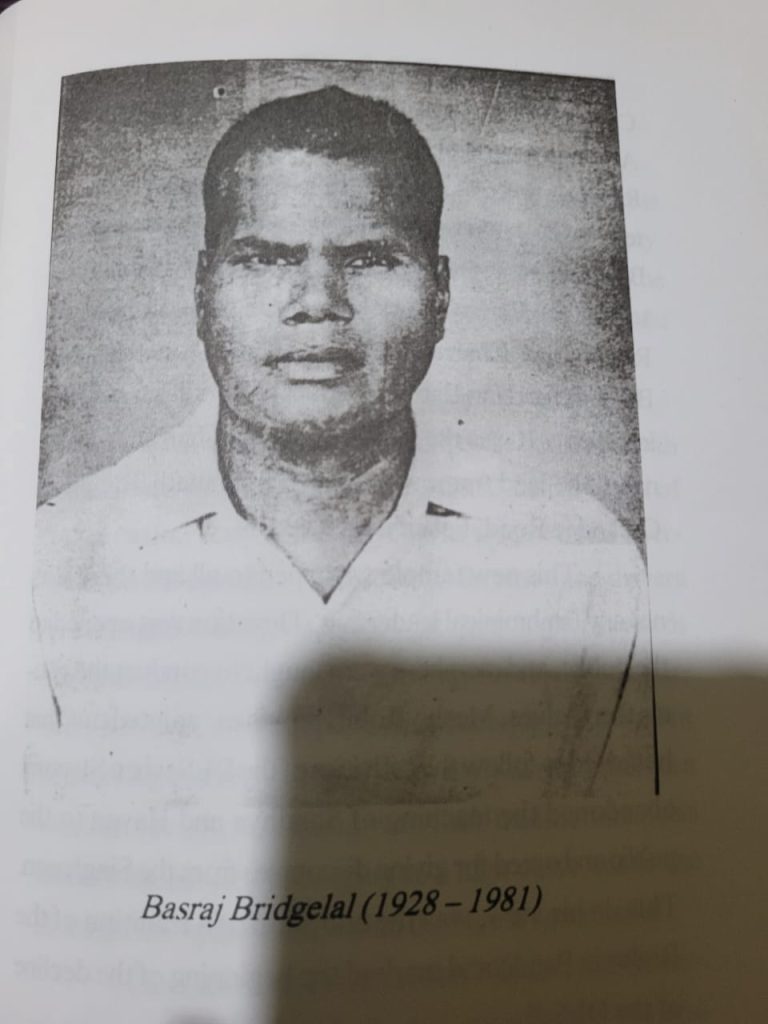
Today the work of the Trinidad Sevashram Sangh continues to reverberate at Caparo, Felicity and Bucarro. Nevertheless, the contributions of stalwarts like Basraj Bridgelal, Jadoonanan, Rajdath and Allan of Pierre Road, the Nancoo Family of Caparo, the Ramlogans of Bucarro and numerous others remain unknown to the public.
The Bharat Sevashram Sangh, founded by Swami Pranavanandaji Maharaj in Bengal, India in 1917, was born in response to the persecution of Hindus by Muslim mobs. Hindus were murdered, raped and displaced by fanatic Muslims. The partitioning of Bengal in 1947 resulted in the displacement of millions of Hindus in what became East Pakistan. Today the conditions of those Hindus have not improved and their numbers are steadily declining due to forced conversion, migration and death.
The use of the trishul and the sword in the performance of the arti is a symbolic call to Hindus to be conscious of ongoing threats to Hindu society. Hindus can no longer pretend that all are well but must respond in kind as Swami Pranavanandaji Maharaj has taught his devotees. Swamiji was fearless in the protection of Hindu society.
The Arya Samaj, a premiere Hindu body, suffered a similar faith when West Pakistan was born in 1947. Like the Sevashram Sangh, the Arya Samaj has not recovered to its pre-partition glory. Nevertheless, both organizations have not surrendered but continued relentlessly their mission to promote and propagate Hindu dharma.
As Hindus in the diaspora, we need to learn from the spirit of sacrifice of Swami Purnananda who spent only a few years in Trinidad and Guyana but has left us an envious legacy to inspire us to work for Hindu society.














